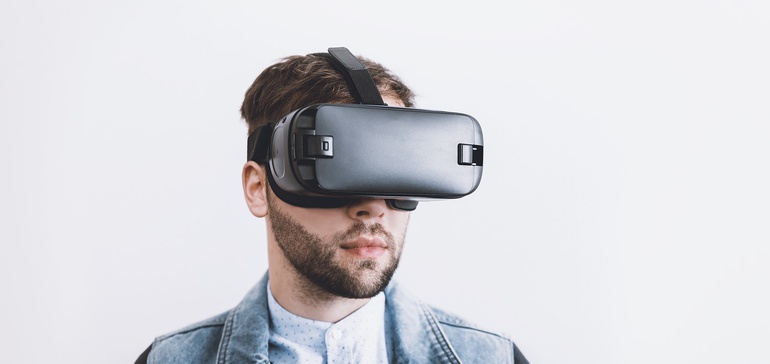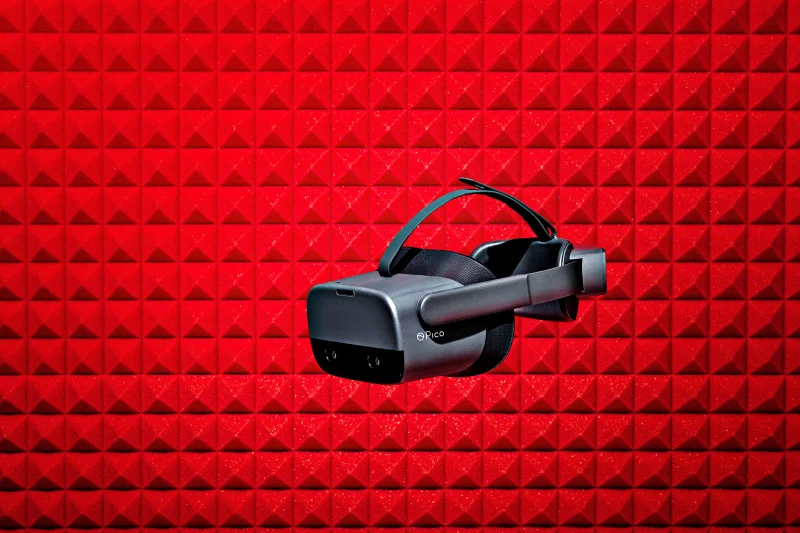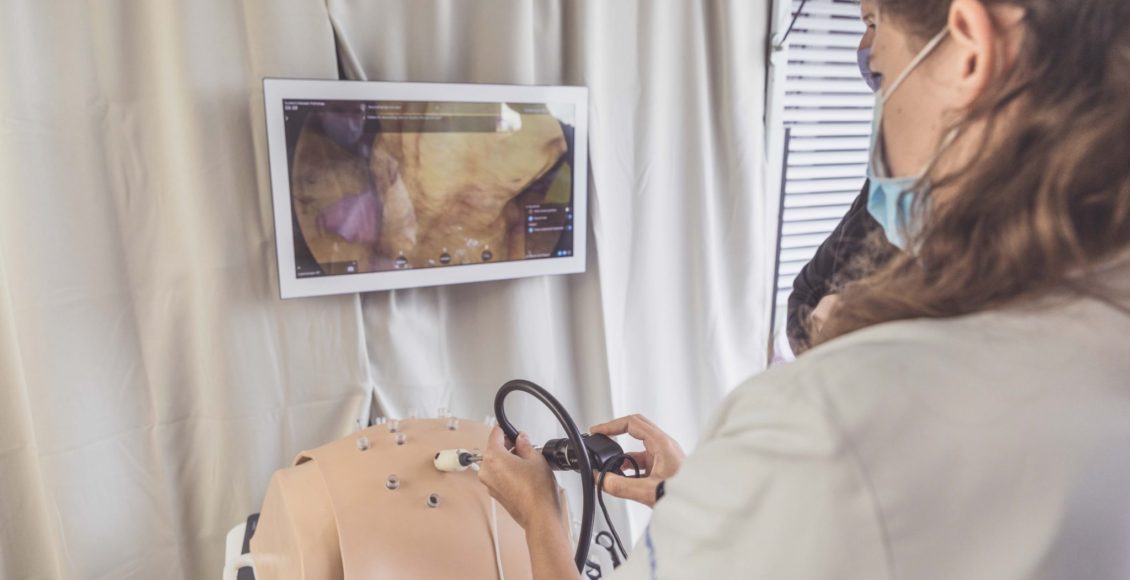As the tech’s potential continues to unfold, and workforces reap the benefits, employers will need to decide how to best use it in their own learning programs.
As more employers embrace virtual environments for training, tech gurus are fine-tuning the technology to be more accessible to employers. Some organizations have developed apps to take employees through soft skills training; others customized VR experiences to suit their specific training needs.
As the potential of AR and VR technology continues to unfold, and workforces reap benefits from using it, employers will need to decide how to best implement the tech in their own learning and development initiatives.
Why merge AR, VR and L&D?
When it comes to virtual training, XR (extended reality, which includes VR and AR) may the best option for employers with tricky needs, according to Toshi Anders Hoo, emerging media lab director at the Institute for the Future. „XR training is valuable in situations when the experience is too expensive, too far away, too infrequent or too dangerous,“ he told HR Dive. „It allows users to experience pretty close to what it’s like, and that includes the physical and psychological experience.“
XR isn’t just for standard operating procedures, Anders Hoo added; it creates a holistic understanding, providing emotional preparedness for difficult situations. He cited Walmart’s well-known VR training, which prepped employees for Black Friday shopping, but noted that the applications can be even more varied. XR can acquaint learners with the emotional experience of public speaking, uncover hiring biases or replicate the pressure of a surgical operating theater, he said.
AR and VR can also help employers better understand workers‘ strengths and weaknesses, Amy Vinson, associate director, safety analytics, health and safety at Tyson Foods told HR Dive in an email. It can also enforce better, safer working habits. „[Trainees] can put on goggles and virtually practice operating our plant’s robotic arm to safely stack heavy boxes in high areas,“ she said. „It helps team leaders better understand training areas that may require extra attention.“
XR can also be „an empathy engine,“ Anders Hoo noted, by providing anyone with a perspective on an unfamiliar challenge. „Consider a medical emergency: the learner can be the doctor, watching a patient bleed, or a loved one, helpless to assist. These scenarios have major implications for critical thinking and to help learners expand their points of view.“
How does it work for learners?
The biggest challenge for classroom learning is retention, according to Shawn Gentile, training content development and delivery leader at Vitalyst, because the majority of knowledge is lost over time. Simulation-based learning, however, can be done continuously, said Gentile; „Learners can go right back into the simulation and continue to build on their competence.
And when L&D pros are examining why training is or isn’t working, the tech can eliminate some of the guesswork, he said. „With simulation-based training, you can see where they’re not learning and why, targeting learning points to increase retention.“ Accessing this data removes deviation points and allows training to focus on the organization’s objectives, he added. Uniformity is another consideration: Different instructors may perform training differently, but the consistency of AR and VR training provides better knowledge, higher retention rates and a better ability track failures and update training to meet objectives, according to Gentile.
Anders Hoo said that XR, unlike video-based training, is more than the mere „illusion of learning.“ Videos can give learners the false perception the task they’re learning will be as easy in real life as it looks, which can create performance gaps and discourage some, Anders Hoo said. However: „If you show someone a video of someone juggling,“ he said, „but they’re holding the juggling club, they’re much less likely to be discouraged when trying to learn the skill.“
Forecasting the future
One concern to consider, according to Anders Hoo, is data privacy. XR captures biometric data that can identify a person by how they move their hands and head. In a one-hour VR session, he said, thousands of data points are captured that can potentially be used to later identify someone in, for example, a surveillance camera. Next-generation XR will have eye tracking capabilities and may even be able to track your heart rate and emotional state, he said. „The same systems that allow us to have more immersive experience are the same that make for very sophisticated surveillance systems,“ he said. As with all new HR tech, L&D pros will have to remember to ask the right questions.
For Anders Hoo, one of the most interesting things about this futuristic tech is that it’s really not new at all. It was adapted in the early twentieth century for flight simulations. Almost 100 years later, it’s still seen as the newest thing because developers have begun to iterate on it more. „People overestimate the impact of tech in the short term,“ he said, „and underestimate its impact long term.“
Quelle:
https://www.hrdive.com/news/extended-reality-promises-a-holistic-training-experience-experts-say/554872/




